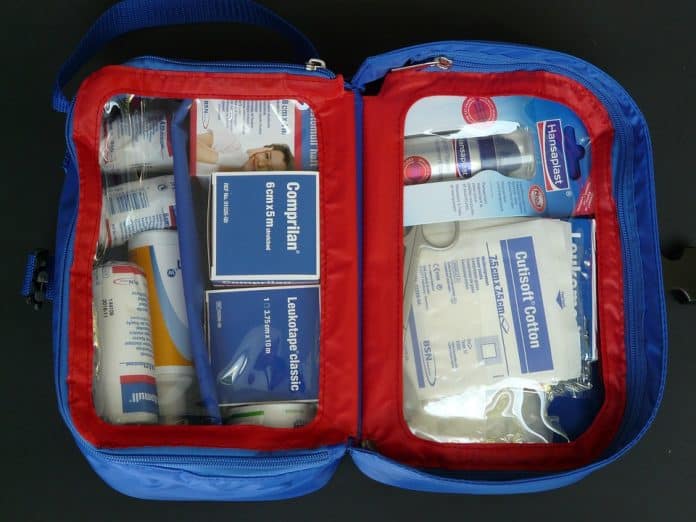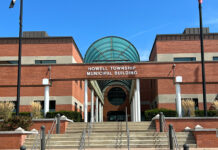
MONMOUTH COUNTY – Monmouth County officials are kicking off National Preparedness Month. This year’s theme is: Disasters Happen, Prepare Now, Learn How.
The essence of National Preparedness Month is to emphasize the importance of preparing, planning, and staying informed when it comes to emergency situations.
“The Monmouth County Sheriff’s Office, in partnership with numerous agencies, prepares for emergencies such as natural disasters, active shooters, mass casualties and chemical threats throughout the year by conducting drills, training, tabletops exercises and educational programs,” said Sheriff Shaun Golden. “These types of training exercises are critical in ensuring that we can effectively and efficiently respond to crises situations. It’s vital the public plays a role as well by preparing, planning and staying informed.”
Each week of National Preparedness Month will have its own theme, including:
- Make and Practice Your Plan
- Learn Lifesaving Skills
- Check Your Insurance Coverage
- Save For an Emergency
National Day of Action will be on September 15. This day provides individuals, organizations, and communities with an opportunity to prepare for specific hazards through drills, discussions and exercises.
Monmouth County encourages residents to “Know Your Zone,” an initiative started by the Office of Emergency Management to educate residents about coastal evacuation zones. This program allows the OEM to direct any evacuation instructions to those that are at the greatest risk of experiencing storm surge during major coastal storms.
Visit mcsonj.org/knowyourzone/ and to see if your home or business is covered in an emergency event.
“Sharing information and communicating are vital pieces when dealing and working in emergency management,” said Mike Oppegaard, Monmouth County Office of Emergency Management Coordinator, “National Preparedness Month makes it easier and more accessible for people and communities to get involved and review how to prepare and react should they be faced with a disaster or emergency.”
Another useful program is the STORM Program, which stands for Seniors Taking on Readiness Measures. Formed after Hurricane Irene and Superstorm Sandy, STORM equips the most vulnerable populations with emergency preparedness information, a family disaster plan and an emergency kit.






